
Rent Load Dump Generators
Related:

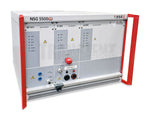
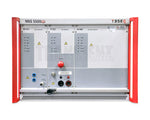
Teseq NSG 5500 - Rent Automotive Transient Test Generator
- Test System for ISO 7637-2/3 Requirements
- Battery Simulators Available up to 100 Amps
- Pre-programmed International & OEM Tests
In Stock
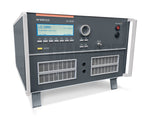
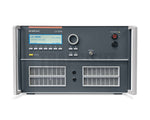
EM Test LD 200N - Rent Load Dump Generator
- Generators Clipped Load Dump Pulses
- Tests to ISO 7637-2 & ISO 16750-2 Load Dump
- Built-in CDN Max 80 Volts 30 Amps
In Stock
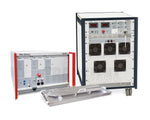
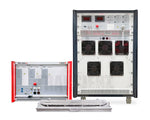
Teseq ISO 7637-2/-3 Test System - Rent Immunity Test Package
- Includes NSG 5500, PA 5840, & CDN 400
- ISO 7637-2 & ISO 7637-3 Tests
- Battery Simulators up to 60 V 100 A
In Stock
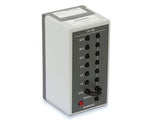
EM Test CA ISO - Rent Resistor Kit for Load Dump Verification
- Includes all Required Load Resistor Values
- Resistors with very low inductance
- Highly accurate resistors (+/-1%)

